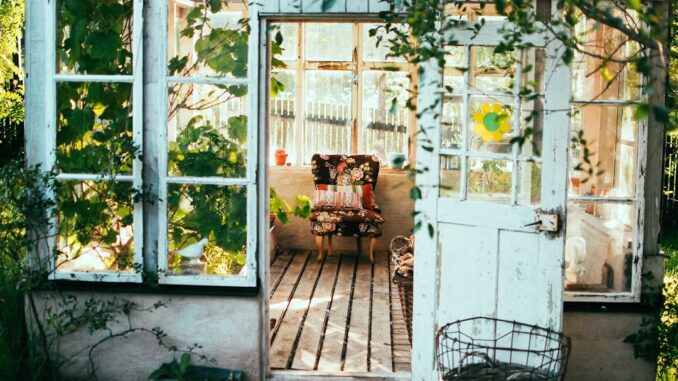
Summary
This article provides a step-by-step guide to designing an orangery that enhances garden enjoyment. It covers key considerations like purpose, style, layout, and décor, offering actionable steps to create a seamless indoor-outdoor space. From establishing a cohesive design to maximizing natural light and incorporating garden views, the guide helps you create an orangery that truly complements your lifestyle and garden.
Main Story
Okay, so, let’s talk orangeries – you know, those gorgeous glass extensions that practically scream ‘indoor-outdoor living’? They’re not just fancy greenhouses; they’re a way to truly bring your garden into your home. It’s like having a little slice of the outdoors, even when the weather outside is, well, less than stellar. I mean, who wouldn’t love that? So, how do you design one that works? Let’s break it down.
First thing’s first: what’s it for? Seriously, before you get caught up in all those Pinterest-worthy pictures, you need to figure out the main thing, is this going to be a dining room? A chill-out zone? Maybe even your new WFH haven? Knowing that will dictate everything, from how big it is to where to put the windows. I remember once, a friend of mine built one as a dining space, but then realised it was totally the wrong size for their furniture, a real head scratcher!
Next, think about how it vibes with your house. An orangery should look like it belongs – not like it’s been plonked there from some other building. Consider your existing roofline, window styles and even the brick colour. If your house is super modern and angular, you want an orangery that matches that, you know? And if you live in an older house? Research those period details! It’s all about creating a seamless transition, the last thing you want is it looking out of place.
Now, let’s get to the good stuff: light and views. After all, that’s what these things are all about. Think massive windows, glass roofs, and doors that completely open up to your garden. Floor-to-ceiling glass? YES! And you know, strategically placed skylights? A game-changer! The goal, obviously, is to feel like you’re smack-dab in the middle of your garden when you are just sitting on the sofa. It’s amazing how much of a mood booster it can be.
Alright, the layout…it’s got to work, right? If your orangery needs to handle several things, like a seating area and a dining space, use rugs or changes in flooring to separate them. Think of it like zoning a city! The trick is to create a smooth flow so you can easily move from your house to the orangery to the garden, almost like a kind of effortless connection. Also – and this is key – make sure the floor level is flush with the patio. No tripping hazards, thanks.
And let’s get real about furniture. This isn’t just any room, you know? It’s going to get a lot of sun, so those cheap fabrics and furniture that get hot and bothered quickly won’t cut it. Look for UV-resistant materials and think lightweight and airy decor: rattan, light colours and natural materials tend to be great choices. If you go for something comfy and cozy, it’s more likely you’ll use the space. Plus, it’ll look fabulous.
And here’s where we really connect to nature. Plants, plants, and more plants! An orangery just screams to be filled with greenery, so, go for it. Vertical gardens, indoor plants, maybe a small water feature, or a living wall… they’re all gonna do wonders for that calm environment. Using natural materials is key too; think wood and stone. It just all feels…right, doesn’t it?
Finally, lighting. Oh, the lighting! It is so important to get this right to change the ambiance in the evening. Layer your lighting – you need overall ambient light, task lighting for reading or dining, and accent lights to show off those architectural features. It’s about creating an atmosphere that’s warm, inviting, and a place you want to spend time in. It’s not just about illuminating, it’s about making it feel magical. I was at a friend’s party once and they had amazing lighting in their orangery, it was stunning.
So, there you have it! If you follow these steps, you won’t just be adding an extension to your house; you’ll be adding a haven, a place where the garden comes to life, and you can really enjoy nature, whatever the weather. It’s more than just a room, it’s a bit of a lifestyle change, too. And who wouldn’t want that?


Be the first to comment